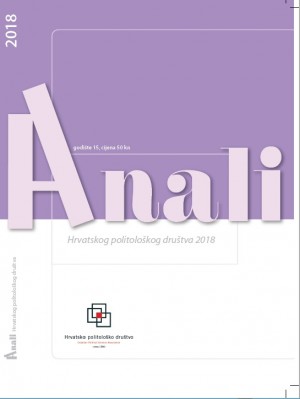Što s preferencijskim glasovanjem? Iskustvo Austrije
What Do We Do With Preferential Voting? The Austrian Experience
Author(s): Zlatko J. VujovićSubject(s): Recent History (1900 till today), Government/Political systems, Electoral systems
Published by: Hrvatsko politološko društvo
Keywords: Austria; electoral system; preferential voting; election and political representation personalization;
Summary/Abstract: The author looks at the complex Austrian electoral system and its political implications for the party system and for the legislative and executive powers. With the reform of the electoral legislation in the Second Republic, which introduced preferential voting and closed and nonblocked lists, voters got the right to give a preference vote to one of the candidates on the list they voted for. This, however, did not bring significant improvements in terms of more personalized election and political representation. In almost thirty years (1959-1990), only one candidate was elected to Parliament thanks to preferential votes, and few have managed to do so since. The author believes that attempts at personalizing election and political representation have failed because the electoral system is fraught with institutes and mechanisms that do not encourage such personalization strongly enough, such as optional preferential voting, too high quota of preference votes for a candidate to be elected, "technical" difficulties in implementing preferential voting at province level, as well as voters' reluctance to overcome such difficulties. On top of that, political parties have got centralized and exclusive parliamentary election candidate selection procedures, where the party leadership plays a crucial role, thus encouraging candidates to give precedence to the party campaign, instead of using a personalized one.
Journal: Anali hrvatskog politološkog društva
- Issue Year: 2018
- Issue No: 15
- Page Range: 59-75
- Page Count: 17
- Language: Croatian

